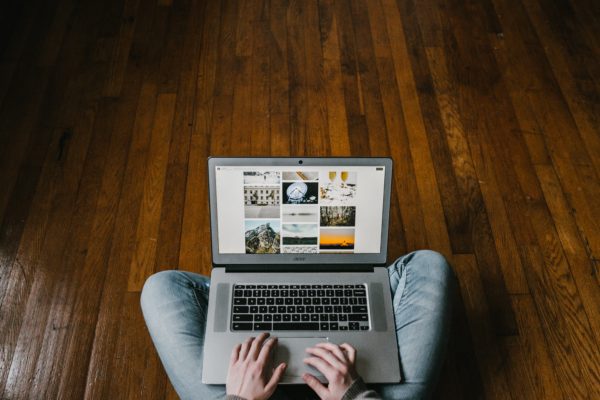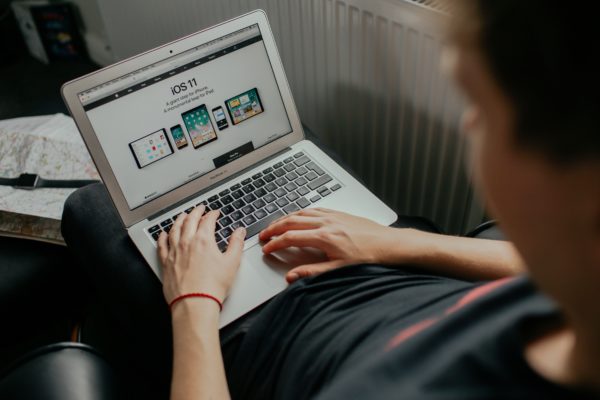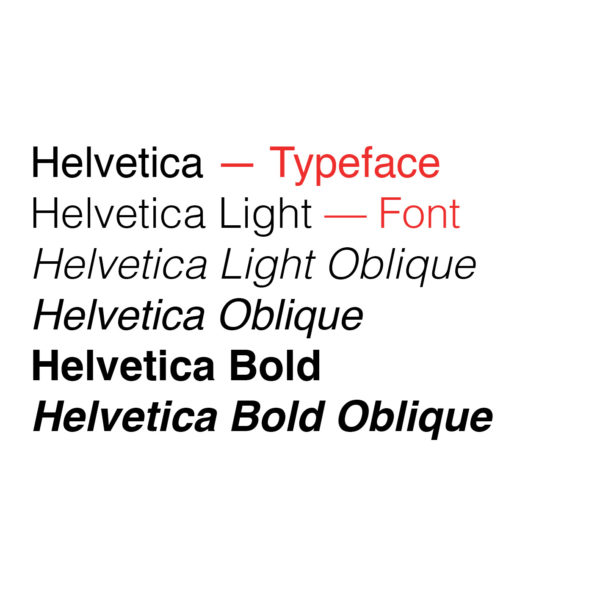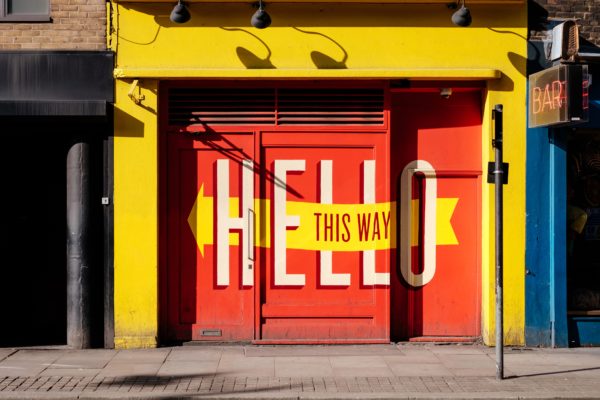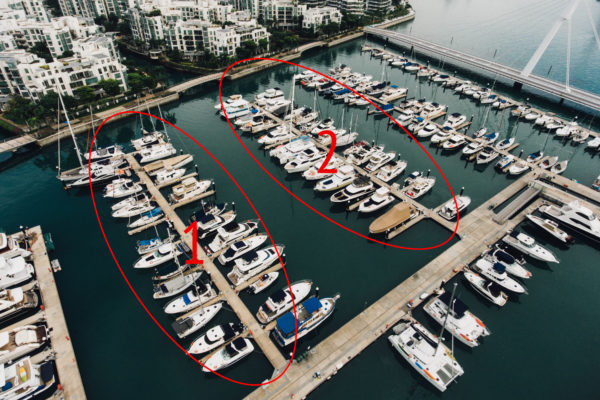Top 7 Reasons to Hire a Digital Marketing Firm
It’s 2018, and digital marketing is more important than ever. Digital marketing is marketing taken to the digital world. Digital marketers analyze data and trends to connect with target audiences. They determine goals and develop data proven strategies to reach those goals. Digital marketing agencies can handle everything from logo and brand development to search engine optimization (SEO) and everything in between. You may think you don’t need a digital marketing agency — you can handle everything — and you can, but you don’t have to. In this data-driven, Internet-dominated world, let a digital marketing firm help you achieve your goals. Not convinced yet? We’ve got seven reasons that should help you realize everything that a digital marketing firm can offer you.
1. Broaden your team to help you achieve your goals.
The first thing a digital marketing team will do with a new client is determine their goals. To achieve anything, you first have to know what it is you want to achieve. A digital marketing firm knows how to extract the real goals of an organization and develop strategies to help it reach those goals. Along with developing data-driven strategies to reach your goals, a digital marketing firm is able to focus on those Internet-driven goals solely. Since it is focused on helping your achieve your online goals, it can focus on those alone and avoid being distracted by other day-to-day business tasks.
2. Outsource some work so you can focus on what you really need to do to better your business.
One of the biggest benefits to hiring a digital marketing firm to handle extraneous tasks like SEO and blog management means that you have more time to do what you really need to do to take your business to the next level. Since you’ve hired an expert to get your website up and running or hired someone to manage your SEO (or both), you can put your efforts toward making better products or providing better services to your consumers. Your attention is no longer taken from what makes your company stand out when you’ve got a team of professionals to help you with the promotion of those products/services.
3. Have a team of experts design your content.
Sure, you know what you like when it comes to design, but you’re not really sure how to make it happen online. That’s where a digital marketing team comes in. It’s important that your vision is projected in your logo, web design, and collateral design, but you don’t need to spend hours pulling your hair out looking at a web platform or learning Adobe Illustrator when you can hire someone to do it for you. Not only is it going to save you some frustration, but it’s probably going to be completed in a more timely manner because you’ve outsourced the work to someone who knows how to do it (there’s no learning curve). As long you communicate what you want things to look like, the digital marketing firm you hire can take it from there.
4. Find everything you need in one place.
Hiring a digital marketing firms means you’ve knocked a handful of jobs out with one hire. That’s right — one. All digital marketing firms are different, but at Cabedge, we can do everything from logo design to SEO to website development to hosting. We’re basically a one-stop-shop for anything digital that your company/organization might need. Digital marketing firms have a team of experts that can do it all, which saves you time and money in the long run.
5. Have someone dedicated to bettering your public image.
Not only does hiring a digital marketing firm mean that you have a team of people working on a handful of tasks, but it means you’ve got a team of people that are working to better your public image while they do them. While digital marketing isn’t public relations, it kind of does a little bit of the job a PR firm would by making sure you have good SEO, by pushing content like blog posts to engage your audience, and by ensuring you have good branding across platforms to help consumers recognize your brand. It’s all the little things you could do, but you don’t have to.
6. Improve your SEO tenfold.
One of the most important things to master in this Internet-driven world we live in today is SEO. SEO isn’t necessarily hard to learn, but it can be time-consuming to master. That’s why hiring a digital marketing firm is that much more important. Let them take over the day-to-day management of getting your website ranked higher by search engines with SEO, and managing your website information. Digital marketing firms are mostly anonymous on the Internet, and no one needs to know you’re not doing everything yourself. You’ll get more done in less time, and you’ll have experts doing it for you.
7. Add an additional perspective and new ideas to the team.
Often an overlooked benefit to hiring a digital marketing firm is getting other people on your team to provide insight. As an often unbiased third-party, digital marketing firms can provide key industry insight into website development and management. They can also serve as another vote when making decisions that concern digital marketing (like social media, branding, and website content). It’s never a bad thing to have a bigger team behind you and your decisions.
Did we convince you? If you’re looking for a digital marketing agency to help you out with branding, website development, SEO, and more, contact Cabedge. Cabedge is located in Nashville, TN, but it can help clients across the country.


